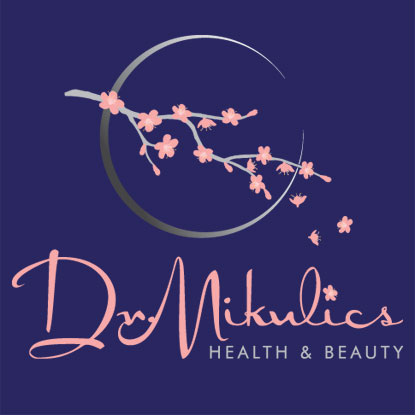This is a question on the minds of many women especially since Angelina Jolie raised public awareness about genetic cancers.
Although the vast majority of breast and ovarian cancers are not associated with mutations in the BRCA 1 or 2 genes: about 10 % of ovarian cancers and 4% of breast cancers are.
Who should consider being tested?
In general , women over 21 years of age with one or more of the following;
– women with strong family histories of breast and ovarian cancers
– breast cancer –
under 50 years of age, breast cancers in both breasts, or a family history of male breast cancer
– A high grade serous ovarian cancer in a woman or any of her first or second degree relatives.
If positive for a gene mutation, heightened surveillance can be initiated ( for example, breast MRI in addition to an annual mammogram). After age 40 (or when childbearing is complete) surgical removal of the tubes and ovaries (salpingo-oophorectomy) can reduce the subsequent risk of ovarian, fallopian tube, and peritoneal cancer by 85 -95 %.
Likewise, surgical removal of the breasts ( bilateral prophylactic mastectomy) reduces the risk of breast cancer by 90-95 %.
The test is a simple saliva collection done in the office and is covered by insurance in some cases.
An important note : Federal law prohibits health and employment discrimination based on genetic information.
It brings me great satisfaction to offer this test to women at risk for these cancers . I am honored to be a part of their chance at a productive, healthy, and joyful long life!
References:
1. www.bmj.com/content/349/bmj.g5755, BMJ 2014; 349 doi: http://dx.doi.org/10.1136/bmj.g5755.
by N Hawkes – 2014
2. ACOG Practice Bulletin; Hereditary Breast and Ovarian Cancer Syndrome, April 2009, Reaffirmed 2013.
